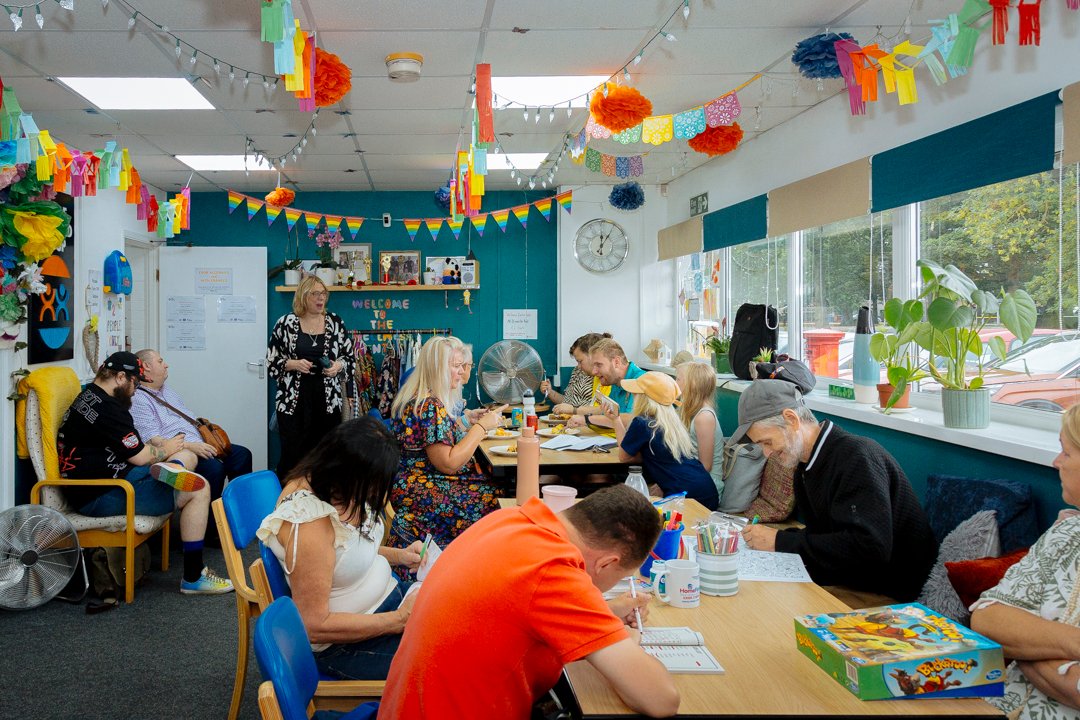Design out deep poverty - strengthen the social safety net
In this blog Katie Schmuecker and Graeme Cooke look at JRF's new report offering a framework to local areas, so no one ever need experience deep poverty.
Poverty in the UK is deepening. Over the last 20 years the proportion of people in poverty pushed into very deep poverty has grown. Extreme forms of hardship, such as having to rely on charity to be able to eat or stay warm are increasingly commonplace.
This is not simply about acute financial strain. The social impacts of such hardship are all around us too. Poverty shrinks people’s worlds, leaving them isolated. The grinding pressure of going without has impacts on both mental and physical health, piling further pressure on already overstretched services. These currents flow in the other direction too, with experiences like isolation and ill-health increasing the risk of deep poverty.
These are experiences that don’t belong in a country like ours. When we fall on hard times there should be a safety net there to support us until we get back on our feet.
Guaranteeing our essentials
Our financial safety net – especially Universal Credit – is crucial here of course. This is why JRF, along with Trussell, have been calling for the UK Government to build an ‘essentials guarantee’ into Universal Credit, to make sure the basic rate can never fall below what is needed to cover life’s essentials like food and energy.
But we can’t stop there. To design out deep poverty and protect people from hardship we also need a social safety net, and here the local level has a key part to play.
At its simplest, the social safety net is having someone to turn to, or somewhere to go, when times are tough. It operates at the point where the local state and community life meet, so it is not uniform or standardised. Instead, it is forged, owned and shaped in neighbourhoods by the local state, civil society, businesses, communities and citizens themselves. It is a complement to the national social security system on the one hand and specialist public services on the other.
A social safety net provides people with resources and relief from hardship, seeks to address root causes of deprivation and builds on the relationships of help and support that already exist locally.
This means knitting together the work of the local state in areas such as local welfare assistance, income maximisation, primary healthcare, social prescribing and advice services with the fabric of neighbourhood life - people helping each other, clubs and associations, informal community groups, formalised voluntary organisations and local businesses.
Community power
Building community power is an essential in this context for two reasons. First, tackling deprivation is urgent, so we need to harness and mobilise every contribution that can be made and there are resources, relationships, assets, energy and compassion to tap into in neighbourhoods. Second, community life can reach parts that the state cannot, and provide the relationships, purpose and connection that make it more likely that life goes well.
This requires us to build the capacity and assets of communities to do the genuine preventative work of building networks of human relationships and practical support that protect people from hardship, and developing the infrastructure that enables people to participate in local decision making and the co-design of services.
Like-minded local state
But this is not about the state getting out of the way. This work will only succeed where community power meets a like-minded local state. That requires an openness to shifting culture and ethos toward more relational, human centred and no-wrong-door ways of working that support people to get the help they need when they need it, rather than being told to come back when a threshold has been surpassed. It also requires a commitment to building community wealth and power, to make a sustained impact on reducing hardship.
A social safety net already exists to some extent in some places, as our work with New Local shows. But it’s often fragile, partial, thin or disjointed. This report offers a framework to local areas that want to get on with the business of designing out deep poverty by strengthening their social safety net.
What's next?
Over the coming months at JRF we want to continue to build on this work, and the idea of a social safety net, exploring what is needed to realise, unlock and build on the potential of places to protect people from hardship. This will take both national policy change to create the conditions for a social safety net to flourish alongside working with places to test out how to grow and amplify existing work, and showing how shifting it up a gear can protect people from hardship.

This story is part of the neighbourhoods and communities topic.
Find out more about our work in this area.
